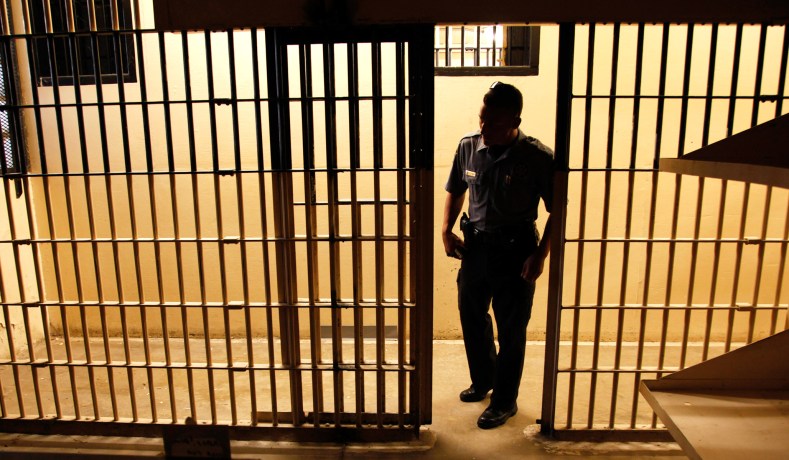

Back in 2001, John J. Donohue and Steven D. Levitt released a controversial paper arguing that legalized abortion reduced crime by culling out individuals who were at a higher risk of criminality. Any moral implications aside — I’d argue there are none, because it’s not okay to kill someone just because they’re at an elevated risk of committing a crime 20 years from now — the study was also subjected to withering technical criticisms. Most notably, John R. Lott and John E. Whitley ran a different analyis suggesting abortion may have increased crime; and a 2005 paper (updated in 2008) by Christopher L. Foote and Christopher F. Goetz pointed out a major coding error, made numerous critiques of the methodology, and found that the results weakened or disappeared when these problems were fixed.
Jim Manzi described Levitt and Donohue’s reply to Foote and Goetz memorably in his book Uncontrolled:
Levitt and Donohue responded by agreeing that the error was made but that they could once again measure a smaller but significant impact of abortion on crime by correcting this error; doing the analysis with some further technical adjustments; and, most important, using a different data set massaged differently to reflect better how people moved among various states after having abortions—in their words, to replace “the crude abortion proxy used in our first paper” with a “a more thoughtful proxy.”
The revealing observation is not that there was an analytical error in the paper (which almost certainly happens far more often than we like to think), but that once it was found and corrected, it was feasible to rejigger the regression analysis to get back to the original directional result through various defensible tweaks to assumptions. If one could rule out either the original assumptions or these new assumptions as unreasonable, that would be better news for the technique. Instead we have a recipe for irresolvable debate.
It’s quite reminescent of the controversy over “right-to-carry” laws, which coincidentally involves a lot of the same researchers.
Anyway, the abortion-cut-crime theory is back with a new paper from Donohue and Levitt, which adds new data to the original study, applies the same methods (except for keeping that “more thoughtful proxy”), and claims stunning crime reductions:
The estimated coefficient on legalized abortion is actually larger in the latter period than it was in the initial dataset in almost all specifications. We estimate that crime fell roughly 20% between 1997 and 2014 due to legalized abortion. The cumulative impact of legalized abortion on crime is roughly 45%, accounting for a very substantial portion of the roughly 50-55% overall decline from the peak of crime in the early 1990s.
The most obvious criticism seems to be that if the original paper’s methods were faulty (arguments for which are not limited to the admitted and corrected coding error), it doesn’t really help to extend the analysis to new data. At any rate, I just can’t wait for another 18 years’ worth of back-and-forth on this.